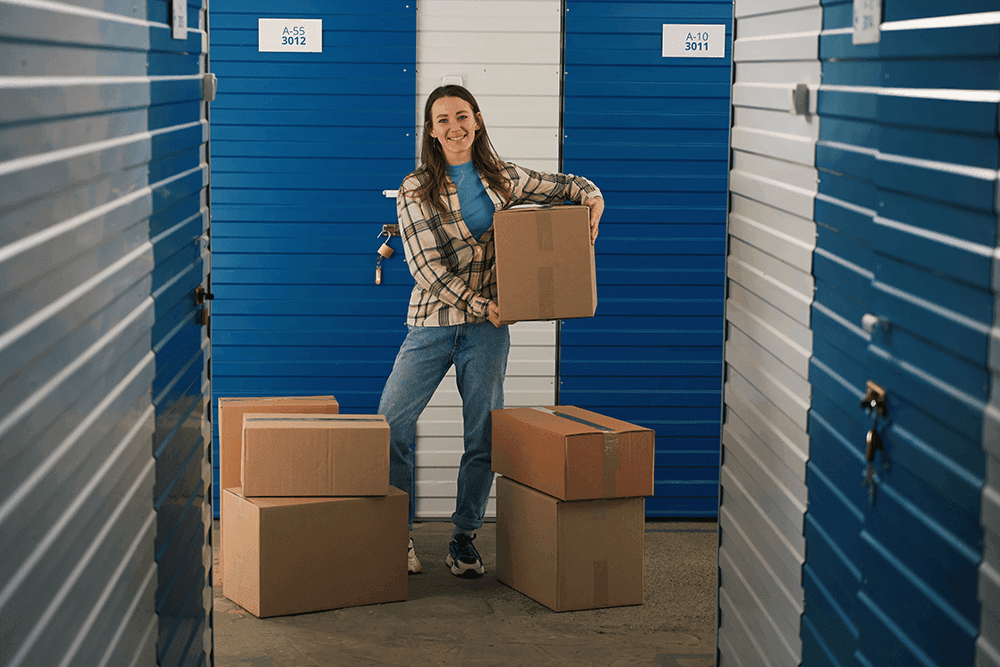Keeping Your Home Safe and Warm During a Midwest Winter Storm
Ah, winter in the Midwest! When the snow starts piling up and the temperatures drop, you must know how to keep your home warm and cozy. Here's a guide to help you navigate through the challenges of a Midwest winter and its icy-cold storms, from insulation tips to emergency supplies, with links to other useful resources.
How Can I Properly Insulate My Home to Keep Out the Cold?
Proper insulation is key to keeping that bitter cold at bay. Old timers give newbies great advice about paying careful attention to your home’s insulation in the Midwest. A Midwestern maintenance person, Jim, says, “Trust me, ya don’t wanna be freezing your buns off in a poorly insulated home, when the thermometer hits the negatives.”
- Heavy Curtains - Swap out those light summer curtains for some heavy-duty thermal ones. They’ll help block the cold air that tries to sneak in through your windows.
- Insulate the Attic - Heat rises, and if your attic isn’t properly insulated, all that warm air is just going to escape. Consider adding more insulation up there. Fiberglass batting or blown-in insulation works wonders.
- Seal the Cracks and Gaps - Drafts can sneak in through the tiniest cracks and gaps around doors and windows. Grab some weather stripping and caulk from your local hardware store and seal those suckers up. It's cheap and effective.
- Use Window Insulation Film - This is a quick fix. It’s like putting plastic wrap over your windows. The film creates an air barrier that helps keep the cold out and the heat in. You can get these kits at most stores or online. Check out this handy Energy.gov guide about air sealing your home for more insulation tips.
What Should I Do if My Pipes Freeze During a Snowstorm?
Frozen pipes are a nightmare. Here are the steps to take in this order, if your pipes decide to take a winter nap and freeze up:
- Shut Off the Water - First things first, find your main water valve and shut it off. This’ll prevent any water from bursting out if the pipe cracks.
- Open the Faucet - Open the faucet attached to the frozen pipe. This’ll help relieve pressure and allow the ice to melt and water to flow out.
- Warm the Pipe - Use a hairdryer, heat lamp, or warm towels to gently thaw the pipe. Start from the faucet and work your way back towards the frozen section. Never use an open flame!
- Call a Plumber - If you can’t find the frozen section or the pipe bursts, it’s time to call in the pros. Better safe than sorry. For more detailed info, check out this resource about frozen pipes from the Red Cross.
Are There Effective Ways to Prevent Heat Loss in My Home?
Absolutely! Here’s how to keep that precious heat inside where it belongs:
- Close Unused Rooms - Shut the doors to rooms you’re not using and close the vents. This’ll direct the heat to the areas you need it.
- Install Door Sweeps - These little gadgets attach to the bottom of your doors and block drafts from coming in underneath. Cheap and easy!
- Insulate Your Water Heater - Wrap an insulation blanket around your water heater to prevent heat loss. This’ll save on your energy bill too.
- Reverse Ceiling Fans and Attic Fans - Do you know you could use your ceiling fan in the winter? There’s a switch on the fan that reverses the blades to push warm air down from the ceiling. You can also pull hot air down from the attic with a fan and some ducting to the rooms below.
- Use Rugs and Carpets - Bare floors can suck the heat right out of your room. Lay down some rugs or carpets to keep your feet warm and add an extra layer of insulation. The Department of Energy has more great tips on home weatherization and preventing heat loss.
What Heating Sources Are Best for Staying Warm in a Power Outage?
When the power goes out, you’ll need some backup heat sources. Here’s what’s best:
- Wood-Burning Stove or Fireplace - If you’ve got one of these, you’re golden. Just make sure you’ve got a good stockpile of wood and keep the chimney clean.
- Portable Heaters - Propane heaters are great for emergencies, but make sure they’re safe for indoor use. Always follow the manufacturer’s instructions and crack a window for ventilation.
- Blankets and Sleeping Bags - Layer up with heavy blankets and sleeping bags. You can even pitch a tent indoors to trap body heat.
- Body Heat - Snuggle up with your family or pets. Body heat is a powerful thing. Here’s a guide on staying warm during a power outage.
How Do I Safely Remove Snow and Ice from My Roof and Gutters?
Snow and ice can do some serious damage if you let it pile up. Here’s how to clear it safely -
- Use a Roof Rake - A roof rake is a long-handled tool designed to pull snow off your roof. Be gentle to avoid damaging your shingles.
- Apply De-Icer - Use a calcium chloride-based de-icer on your roof and gutters. It’s safer than using salt, which can damage your roof.
- Clear the Gutters - Make sure your gutters are clear of leaves and debris before the snow hits. Clogged gutters can cause ice dams, which lead to leaks.
- Hire a Pro - If the snow and ice are too much for you to handle safely, call a professional. It’s not worth risking your neck.
What Emergency Supplies Should I Have on Hand for a Midwest Winter Storm?
Like Granny Ida used to always say, “You gotta be prepared for the worst.” She knew a thing or two about surviving Midwestern winters, having been born and raised in Davenport, Iowa one of the coldest places in the state. She lived to be 104, having been married to the same man for more than 60 years. Granny Ida said, “Winters ain’t so bad when you got a good husband who can build a roaring fire and then get under the comforter with you, nekid.” Just so you know what she meant, “naked” is when you aren’t wearing any clothes, “nekid” is when you aren’t wearing any clothes, and you are up to something. Here’s a list of emergency supplies Granny Ida says you should always have on hand for winter -
- Food and Water - Stock up on non-perishable food and bottled water. Aim for at least two weeks’ worth.
- Propane Camping Stove with Extra Tanks of Propane - An alternative for cooking and boiling water.
- Flashlights and Batteries - Keep plenty of flashlights and extra batteries. Avoid candles if you can—they’re a fire hazard.
- Warm Clothing and Blankets - Layers, layers, layers. Have plenty of warm clothing and blankets to keep everyone toasty.
- First Aid Kit - Make sure you’ve got a well-stocked first aid kit in case of injuries.
- Portable Phone Charger - Keep a portable phone charger handy to stay connected if the power goes out.
- Medications - Have two weeks’ supply of any prescription medications you need.
- Plenty of Dry Cut Firewood - Have some firestarter and kindling too.
- Snow Shovel and Propane-Powered Ice Melter - You will need these to keep your driveway and walkways clear.
- Battery-Powered Radio - Stay informed about the weather and any emergency alerts.
- Board Games - If you have kids. Depending on your circumstances, you may also need baby supplies and pet supplies.
Using a Generator
Here are the safety precautions if you plan to use a generator if the power goes out. Follow the manufacturer’s instructions carefully. You must use a generator safely to prevent poisoning people and pets with carbon monoxide (CO). Carbon monoxide is a colorless, odorless gas. High winds can blow CO gas towards your house. If it seeps into your house, it is an invisible killer. To protect yourself from this danger, put carbon monoxide detectors in every part of your home. They are simple to use, easy to install, and run on batteries. Replace batteries when needed. Always use a generator outdoors, away from the house. Many like to build a generator shack that is set at least 20 feet away from the house, windows, doors, and the garage. Keep the generator dry in a room with no clutter. Have it protected from rain or flooding. Touching a wet generator or devices connected to one can cause electrical shock. Use heavy-duty extension cords. Avoid creating a fire or explosion hazard. Before adding fuel, allow the generator to cool. Spilling fuel on a hot engine can cause a fire or explosion. For more suggestions, check out Ready.gov. FEMA also offers a tip sheet and the FEMA mobile app that gives more information about preparing for a winter storm.
Guard Your Spring Time Tools with Self-Storage
Putting things away that are not needed during the winter, such as a lawnmower, is a good idea. They can be damaged by the severe cold if left in an unheated space like a garage. Use this self-storage locator to find a climate-controlled facility near where you live. Stay safe and warm out there, folks. Winter in the Midwest is no joke, but with a little preparation, you can ride out any storm just fine.



